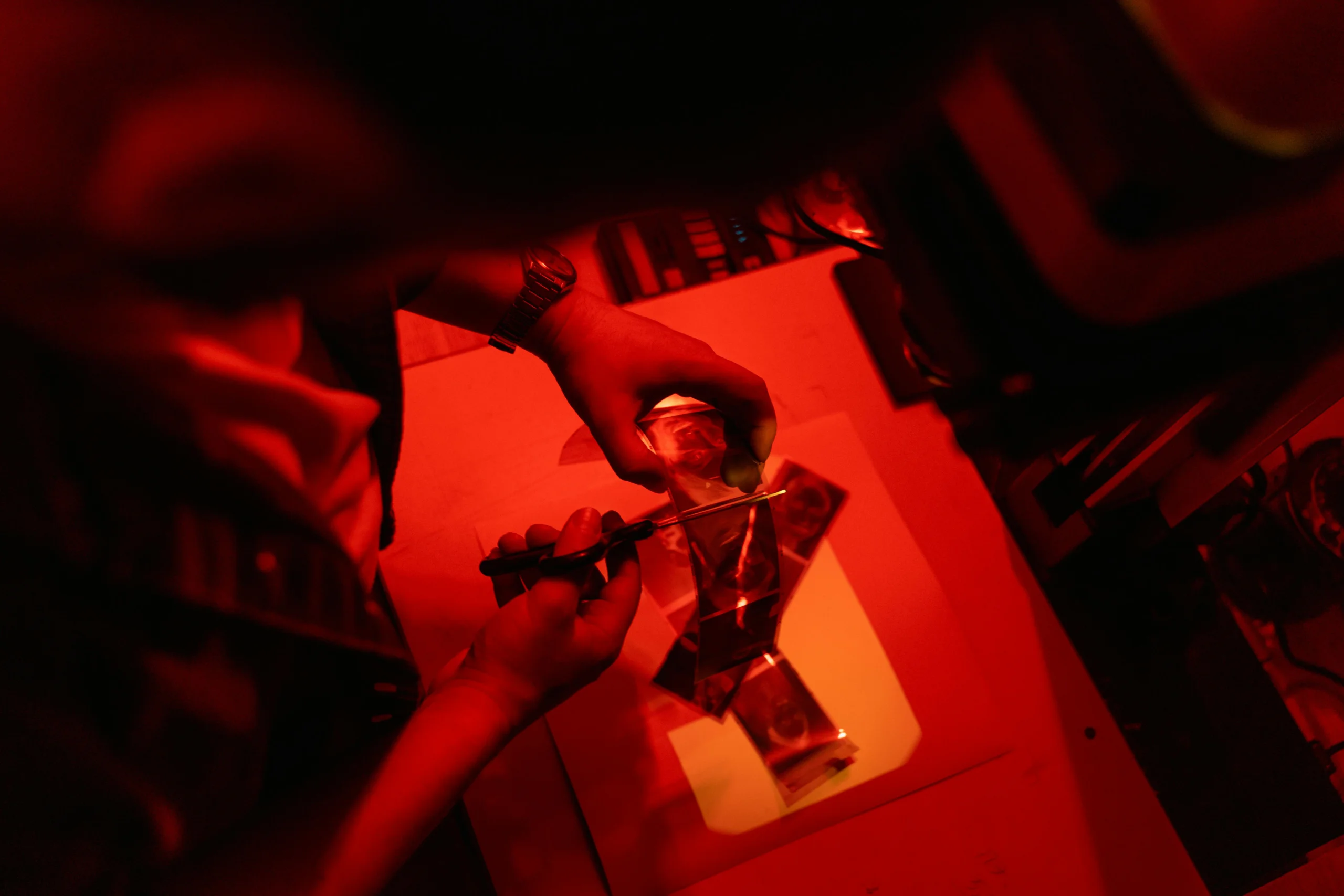Introduction
Blockchain technology, initially conceived as the backbone of cryptocurrencies, holds the potential to disrupt far more than just finance. This controversial look explores how its inherent characteristics – decentralization, transparency, and immutability – could revolutionize industries ranging from supply chain management to healthcare. While the promise of secure and verifiable transactions is alluring, significant challenges and potential downsides must be considered.
The core principle driving this potential is trust. By removing intermediaries and providing a shared, tamper-proof ledger, blockchain aims to foster greater efficiency and accountability. This goes beyond simply streamlining payments; it offers a fundamentally new way to manage data and build trust across diverse networks. Understanding the breadth of these possible applications is crucial to evaluating blockchain’s true impact.
Areas Ripe for Disruption
- Supply Chain: Enhanced traceability and provenance of goods.
- Healthcare: Secure and interoperable medical records.
- Voting Systems: Potentially more secure and transparent elections.
- Intellectual Property: Streamlined rights management and licensing.
However, the path to widespread adoption is not without obstacles. Scalability issues, regulatory uncertainty, and concerns about energy consumption remain significant hurdles. Whether blockchain can truly live up to its transformative potential, or will remain a niche technology, is a question this article seeks to address. See IBM’s explanation of blockchain for more background.
Related Articles
- What’s the Future of Cryptocurrency in a Regulated Market?
- What’s the Impact of ESG Investing on Long-Term Returns?
Supply Chain Management: Transparency vs. Practicality
The promise of blockchain technology extends far beyond finance, offering a potential overhaul to supply chain management. However, the pursuit of complete transparency clashes head-on with practical limitations, creating a controversial landscape. Can the immutable, distributed ledger truly revolutionize how goods are tracked, or are the inherent challenges too great?
The Allure of Transparency
Blockchain’s appeal lies in its ability to create a single, verifiable record of a product’s journey from origin to consumer. This enhanced visibility could combat counterfeit goods, improve efficiency, and foster trust. Consider these potential benefits:
- Reduced fraud and counterfeiting.
- Improved product traceability and recall management.
- Enhanced accountability across the supply chain.
The Practical Realities
Despite the potential, implementing blockchain solutions in complex global supply chains presents significant hurdles. The cost of integrating the technology, the need for data standardization, and concerns around scalability are all major barriers. Moreover, while blockchain provides a record, it doesn’t guarantee the accuracy of the data entered. “Garbage in, garbage out” remains a critical issue. Companies must also carefully consider data privacy and security, as sharing sensitive supply chain information on a public blockchain might create business risks. Supply chain disruptions due to reliance on the immutable nature of the blockchain also poses an issue.
A Balancing Act
Successfully applying blockchain technology requires a nuanced approach. A focus on targeted applications, such as tracking high-value goods or addressing specific pain points, may prove more effective than a wholesale adoption. As IBM’s blockchain solutions demonstrate, strategic implementation is key. The debate continues on how blockchain could disrupt more than just finance by addressing some supply chain issues, but the path ahead is not without its complexities and controversies.
Healthcare: Secure Data Sharing vs. Regulatory Hurdles
The healthcare industry, ripe for disruption, grapples with a critical tension: the need for secure data sharing to improve patient outcomes versus the increasingly complex web of regulatory hurdles like HIPAA and GDPR. This is where the potential of blockchain technology, controversial as its application outside finance may be, comes into play.
The Data Sharing Imperative
Effective healthcare hinges on the seamless flow of patient data between providers, specialists, and researchers. Siloed information leads to:
- Duplicated tests
- Delayed diagnoses
- Increased costs
Blockchain, with its inherent security and immutability, offers a potential solution. Cryptographic techniques and decentralization could allow patients to control access to their own medical records, sharing them selectively and securely. HIPAA compliance, a constant concern, could theoretically be streamlined by using verifiable, immutable records.
Navigating the Regulatory Maze
However, the road to blockchain adoption in healthcare is paved with regulatory challenges. Current regulations, designed for centralized systems, often struggle to accommodate the decentralized nature of blockchain. Questions arise regarding:
- Data privacy and consent management on a distributed ledger.
- Compliance with data residency requirements.
- The “right to be forgotten” enshrined in regulations like GDPR.
Successfully navigating these hurdles requires careful consideration and a collaborative approach between regulators, technologists, and healthcare providers. Despite the controversy surrounding widespread blockchain adoption beyond traditional financial applications, the promise of secure data sharing and improved patient care warrants serious investigation. It requires a concerted effort to adapt current regulations to accommodate blockchain’s unique characteristics, enabling its use in a compliant and responsible manner. More research and pilot programs are needed to assess the viability of blockchain to solve the healthcare sector’s challenges.
Voting Systems: Enhanced Security vs. Feasibility Concerns
Blockchain’s Potential Impact on Elections
Beyond its financial applications, blockchain technology is being considered for uses cases that extend far beyond the realm of digital assets. One such area is voting systems, where the potential for enhanced security and transparency is attracting significant attention. However, the integration of blockchain into elections raises several feasibility and security challenges of its own. This is a controversial view, considering many feel that blockchain is the holy grail of secure voting. The question isn’t *if* blockchain could disrupt more than just finance, but *how* it might change foundational societal institutions.
The Security Argument
Proponents argue that blockchain could create tamper-proof, auditable voting records. Each vote could be recorded as a transaction on the blockchain, making it incredibly difficult to alter or delete without detection. This could theoretically reduce the risk of voter fraud and increase public trust in election results. A key component to such a system would involve end-to-end encryption for individual ballots.
Feasibility and Accessibility Concerns
Despite the security allure, implementing blockchain-based voting faces significant hurdles:
- Scalability: Handling millions of votes efficiently and securely requires substantial computing power and infrastructure.
- Accessibility: Ensuring that all citizens, regardless of technological proficiency or access to technology, can participate in blockchain-based voting is crucial.
- Security Risks: While blockchain offers enhanced security, it is not immune to attacks. Vulnerabilities in the underlying code or the wallets used to store digital identities could be exploited. There are also specific concerns around the “51% attack”.
- Cost: Implementing and maintaining a blockchain-based voting system could be expensive, especially compared to existing systems.
The Controversy
The debate surrounding blockchain-based voting highlights a central tension: the desire for increased security and transparency versus the practical challenges of implementation. This technology can lead to improved systems if implemented correctly; however, the increased focus on security must be equally matched with improvements to the user experience. As blockchain seeks to disrupt more than just finance, careful consideration must be given to the potential unintended consequences and trade-offs. Its integration in democratic processes requires rigorous testing, public discourse, and a commitment to accessibility and inclusivity.
Intellectual Property: Protecting Content vs. Enforcement Issues
Beyond finance, blockchain’s potential for disruption extends to intellectual property (IP), a space fraught with challenges. While blockchain offers tantalizing prospects for content protection through transparent and immutable records, enforcement issues remain a significant hurdle. This creates a controversial dynamic that could reshape how content creators secure their rights.
The Promise of Blockchain for IP Protection
Blockchain could revolutionize IP by enabling:
- Timestamped Content Registration: Securely document the creation date of original works, establishing precedence.
- Smart Contract Licensing: Automate licensing agreements, ensuring fair compensation and usage terms.
- Decentralized Content Distribution: Bypass traditional intermediaries and connect creators directly with consumers.
Enforcement Realities and Limitations
Despite the potential benefits, significant enforcement challenges persist. Proving infringement, even with blockchain-registered content, still requires legal action and jurisdictional complexities. The World Intellectual Property Organization (WIPO) emphasizes the importance of national laws, highlighting that blockchain does not circumvent existing legal frameworks.
A Controversial Path Forward
The tension between the technological promise of blockchain and the limitations of current enforcement mechanisms presents a controversial landscape. Will decentralized systems truly empower creators, or will IP protection remain largely reliant on centralized legal systems? The future hinges on addressing these complex issues as blockchain’s reach extends beyond finance.
Conclusion
Whether blockchain’s disruption extends beyond finance remains a question of technological adoption and societal willingness. This controversial look at blockchain’s potential reveals that while transformative applications in supply chain management, healthcare, and voting systems are plausible, significant hurdles remain.
The Path Forward
Successfully leveraging blockchain for broader applications requires addressing key challenges:
- Scalability: Current blockchains often struggle to handle high transaction volumes.
- Regulation: Lack of clear regulatory frameworks hinders wider adoption.
- Security: Smart contract vulnerabilities remain a significant risk.
- Interoperability: Different blockchain networks struggle to communicate with each other.
Despite these obstacles, the underlying promise of decentralized, transparent, and secure data management offered by blockchain could revolutionize numerous sectors. Future success hinges on continued innovation, responsible regulation, and a cautious, yet optimistic, approach to integrating this technology into our everyday lives. To further understand blockchain, consider resources like Investopedia’s definition of blockchain.
FAQs
Common Questions About Blockchain’s Disruptive Potential
Many are starting to ask: Why could blockchain disrupt more than just finance? While cryptocurrencies often dominate the conversation, the underlying technology has far-reaching implications. Here, we address some frequent questions about its controversial, transformative possibilities across various sectors.
Isn’t Blockchain Just for Bitcoin?
No. While Bitcoin was the first prominent application, blockchain is the technology underpinning it. Its distributed ledger system, offering transparency and security, can be applied to supply chain management, healthcare records, voting systems, and much more. IBM’s overview provides further insights.
How Can Blockchain Disrupt Supply Chains?
Imagine tracking goods from origin to consumer with immutable records. Blockchain allows for complete transparency, combating counterfeiting and improving efficiency. It simplifies processes and increases trust between parties, even in complex global networks.
What About Healthcare? How Could Blockchain Improve It?
Securely storing and sharing patient data across different providers is a major challenge. Blockchain offers a potential solution by creating a tamper-proof record of medical history accessible with proper authorization, streamlining care and enhancing patient privacy.
Are There Downsides to Blockchain’s Widespread Adoption?
Absolutely. Scalability, regulatory uncertainty, and the energy consumption of some blockchain networks are significant concerns. Furthermore, the irreversible nature of transactions can be problematic in cases of error or fraud. These challenges need to be addressed for broader acceptance. Some argue it is more hype than reality.
Will Blockchain Replace Existing Systems Entirely?
It’s unlikely that blockchain will completely replace all existing systems. More realistically, it will integrate with and enhance them, offering secure and transparent solutions for specific use cases where trust and data integrity are paramount. The disruptive impact will likely be gradual and targeted rather than a complete overhaul.

I’m a passionate writer and digital storyteller with a keen interest in technology, current affairs, and creative expression. Whether I’m researching the latest trends or sharing my thoughts on everyday topics, I aim to connect with people through honest and engaging content. When I’m not busy writing, you’ll likely find me exploring new ideas, reading widely, or enjoying the great outdoors. Thanks for visiting my profile—let’s share some great stories together!





